Is Earth in danger? Check out this awesome 3D NASA tool- Details inside
With the help of NASA's real time 3D visualization tool Eyes on the Earth, you will be able to track the planet's vital signs. Here is all you need to know.
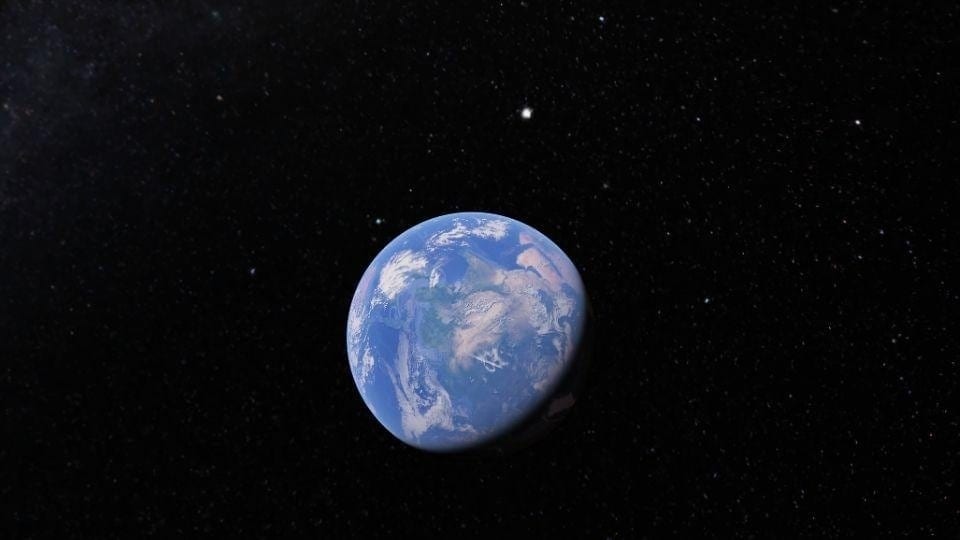
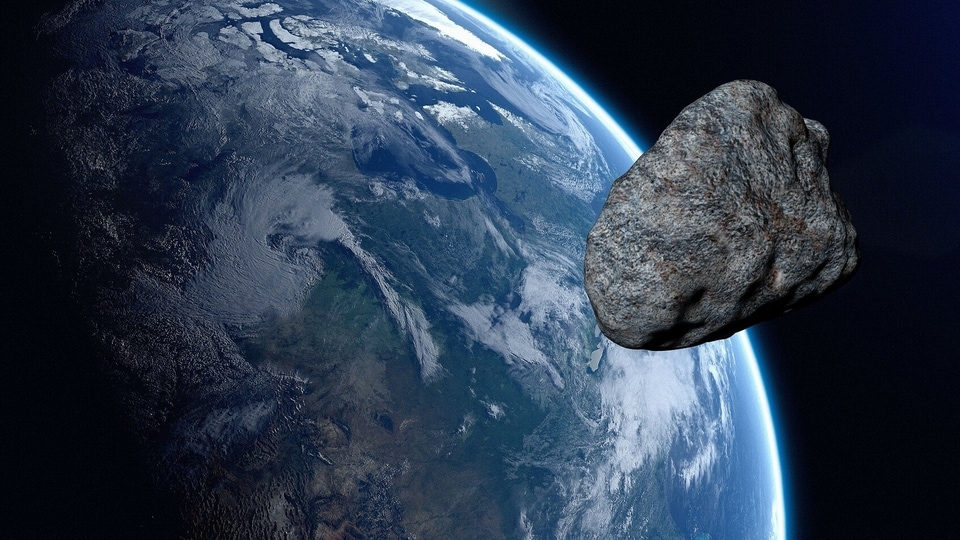
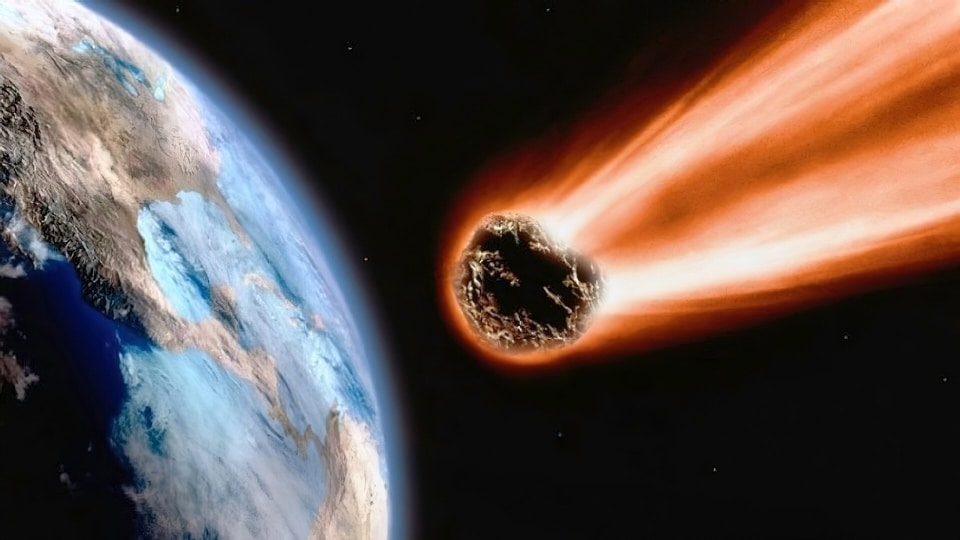

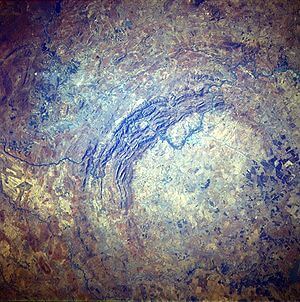
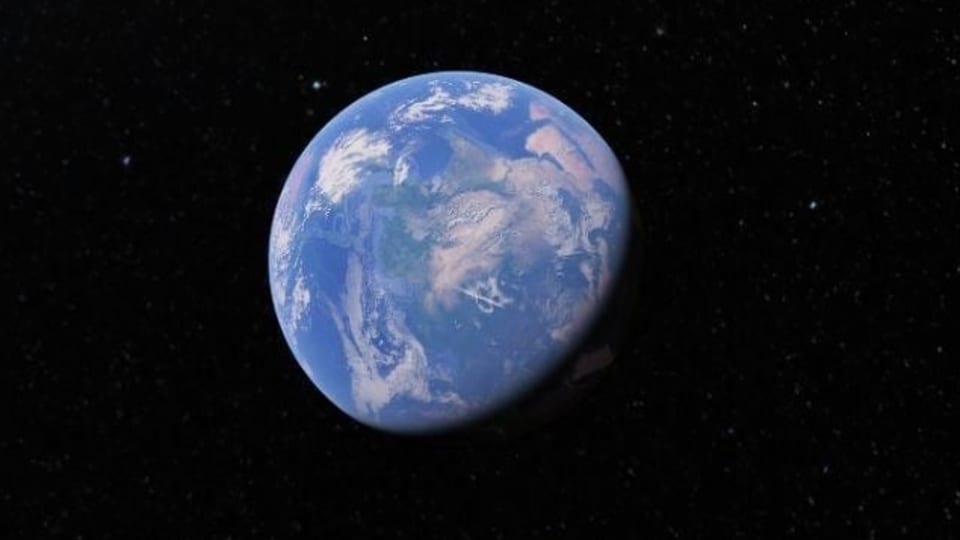
 View all Images
View all ImagesDo you want to track Earth's vital signs and find out if it is doing all right or if it is in danger? You can do so now through this NASA tool. In fact, everything from carbon dioxide and carbon monoxide to sea level and soil moisture levels, and more can be checked. You can do it all with the help of 3D real-time visualization tool. NASA's real-time 3D visualization tool Eyes on the Earth also got an upgrade to include more datasets. Informing about the same Jet Propulsion Laboratory (JPL), NASA said, "NASA's real-time 3D visualization tool Eyes on the Earth got a recent upgrade to include more datasets, putting the world at your fingertips. Using the tool, you can track the planet's vital signs – everything from carbon dioxide and carbon monoxide to sea level and soil moisture levels – as well as follow the fleet of Earth satellites providing those measurements."
Using the tool you will be able to learn more about environmental phenomena and their impact. "For instance, to see measurements of the greenhouse gas carbon dioxide in a particular part of the globe, navigate to the Vital Signs menu and click the carbon dioxide button. Eyes on the Earth will show a visualization of data from NASA's Orbiting Carbon Observatory 2 (OCO-2) satellite, which measures the gas from the ground to the top of the atmosphere. Click “animate data,” specify a date range and see how levels shift over time," the report by JPL said.
It can be known that there are eight vital signs to choose from, with background information on the role each plays. The Eyes on the Earth also provides snapshots of significant events in the natural world. For instance, you can see details about the maximum wind speeds of a tropical storm, the impacts of a northern California fire, even see the scale of a phytoplankton bloom off of New Zealand and why it matters.
The report further added, "the graphics are as rich as the data, making for fascinating deep dives as you learn about the science, get to know the planet better, and learn about some of the many NASA missions that track the globe's health. And while no downloads are required, the web-based application makes a great addition to any device with a browser and an internet connection including your smartphone."
Catch all the Latest Tech News, Mobile News, Laptop News, Gaming news, Wearables News , How To News, also keep up with us on Whatsapp channel,Twitter, Facebook, Google News, and Instagram. For our latest videos, subscribe to our YouTube channel.






























